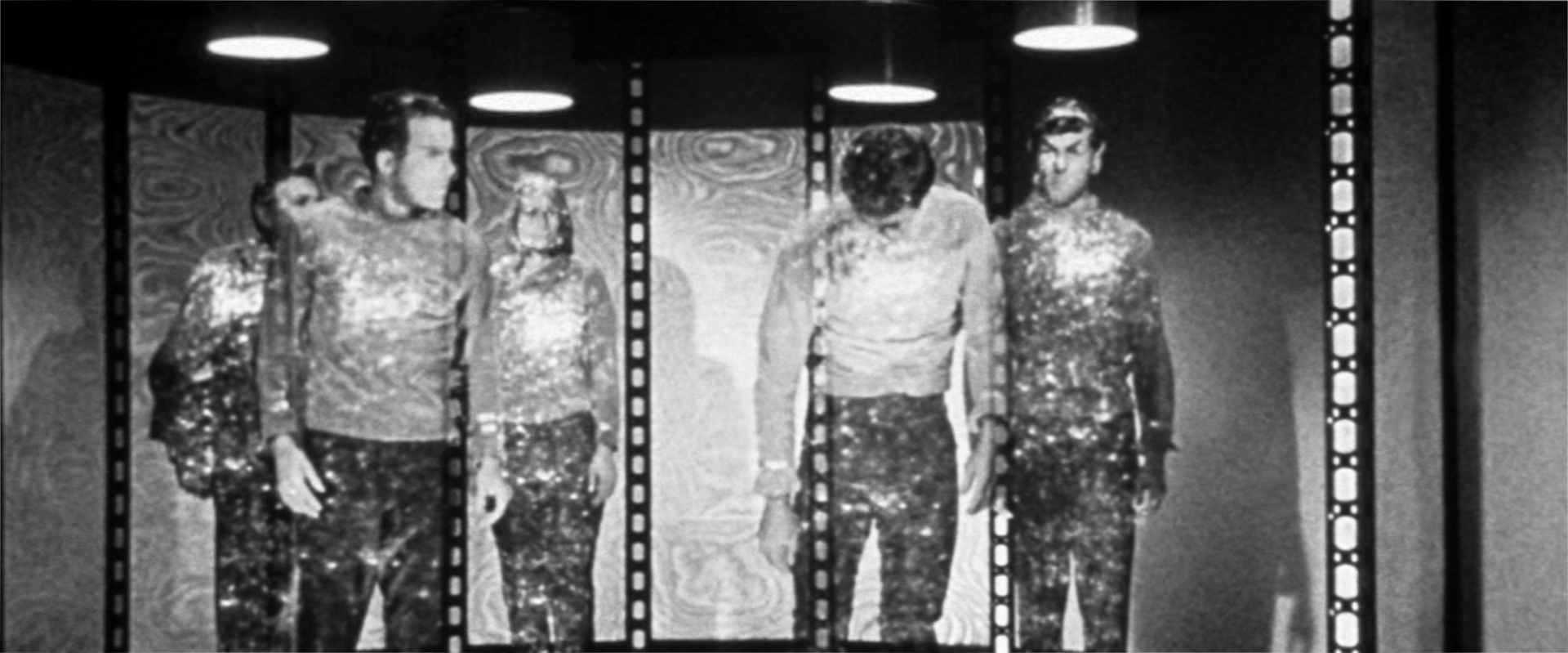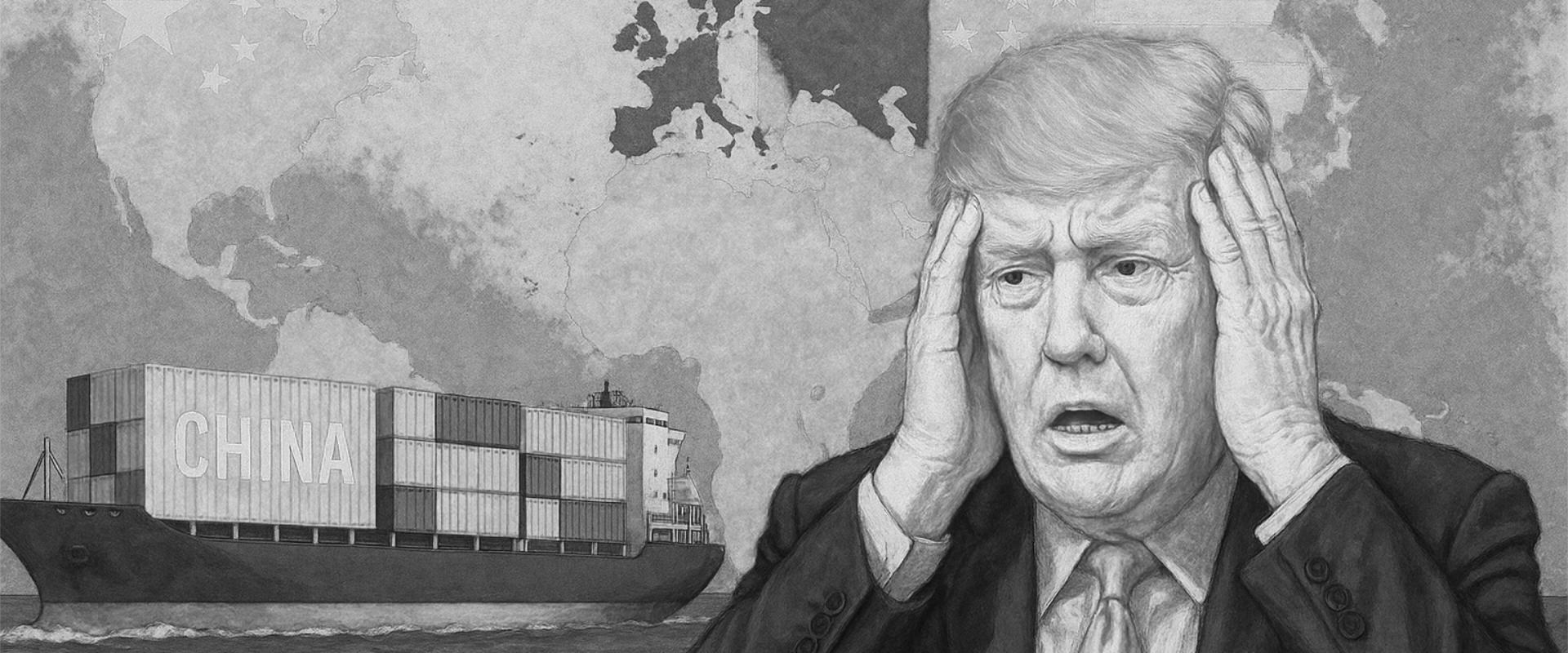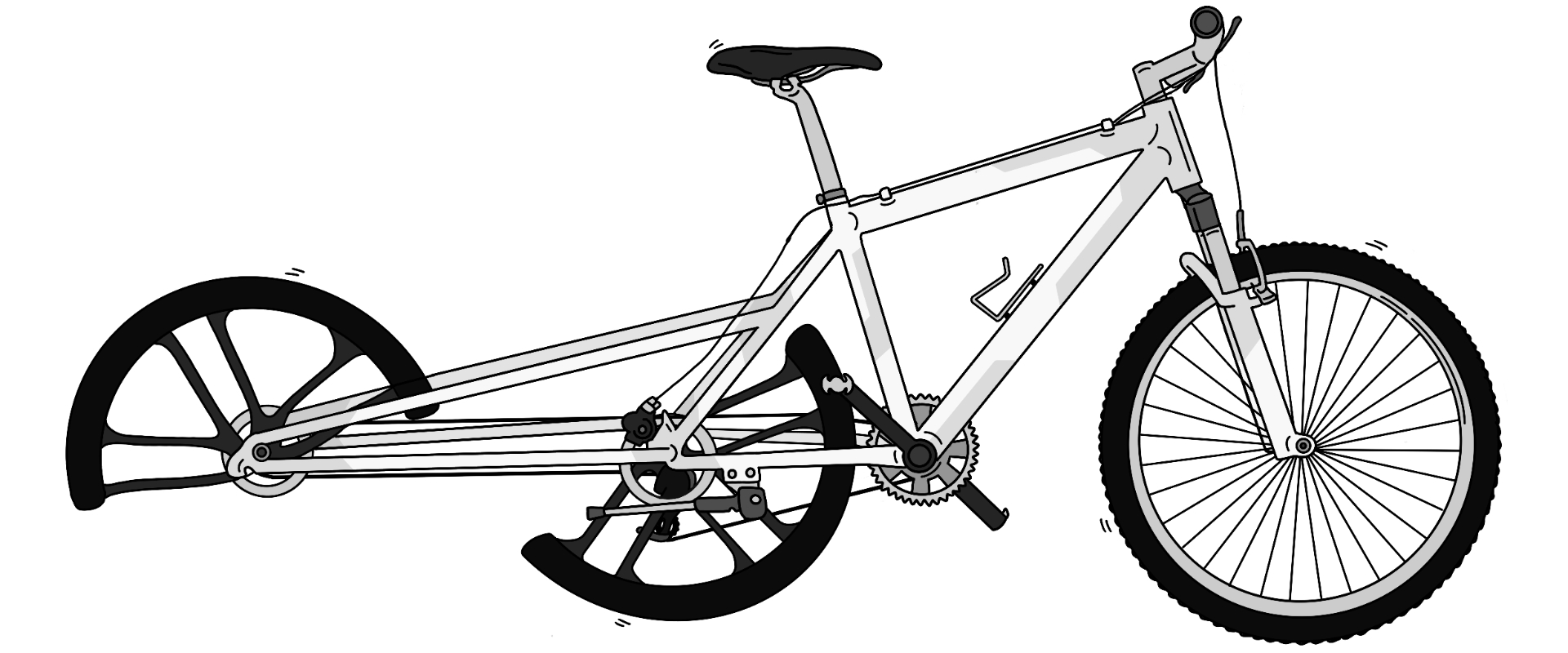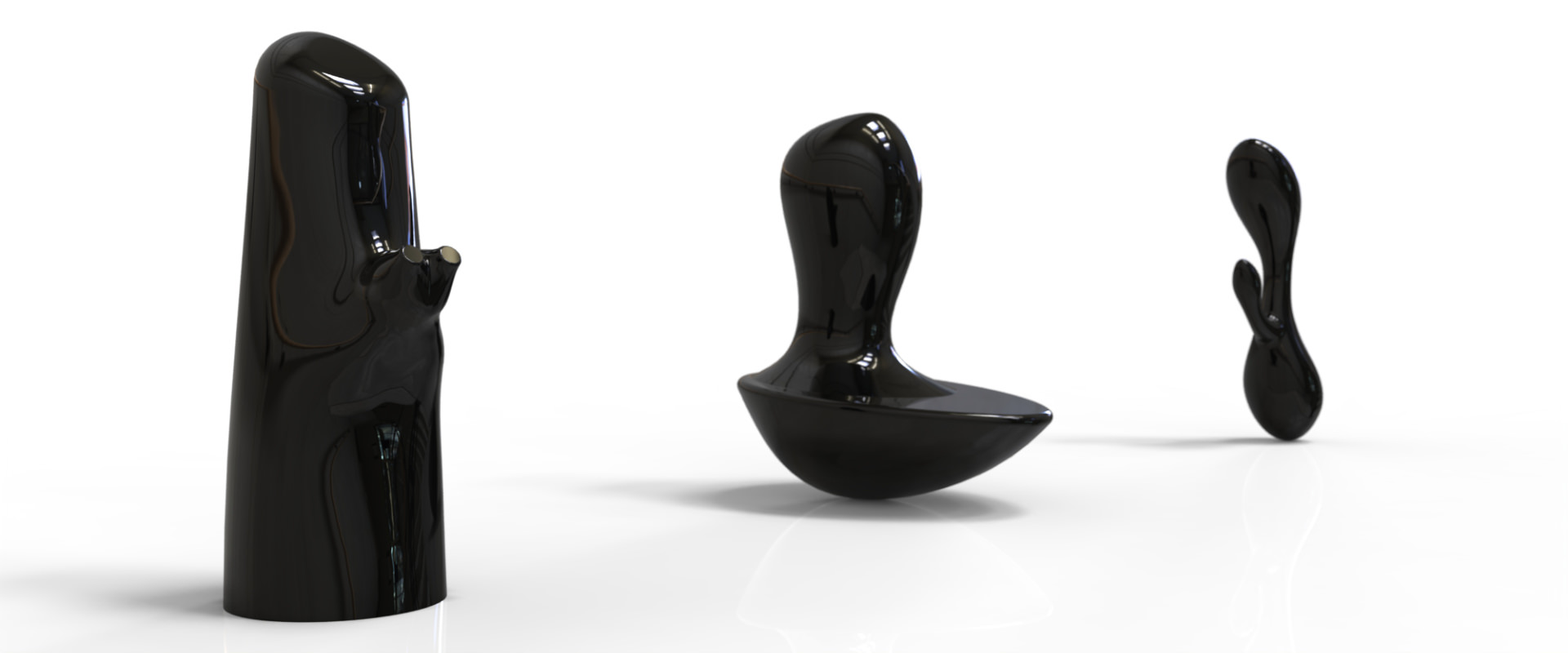Is 3D Printing the First Step Toward Teleportation? How Digital Fabrication is revolutionising Industrial Design prototyping
Teleportation might still belong to the realm of science fiction, but in the world of industrial design, we’re already witnessing a form of it — the teleportation of objects through data and 3D printing.
Imagine this: you’re designing a consumer product in Italy, collaborating with an engineering partner in India and a manufacturer in China. A decade ago, sending a prototype across the globe meant days (or weeks) of shipping, customs delays, and carbon emissions. Today, it’s often as simple as hitting “send.”
What changed? 3D printing did. But more than just a new production tool, 3D printing represents a paradigm shift in how objects are shared, developed, and understood globally. Let’s explore the implications of this new reality.
From Physical to Digital: Objects as Code
At the heart of this revolution is the idea that objects can be converted into data. With a 3D model, any physical part or prototype can be expressed as a digital file — a kind of blueprint with embedded intelligence. That file can then be emailed, shared via cloud, or stored in version-controlled platforms like GitHub for hardware.
What does this mean for designers? It means that a medical device casing, or a car dashboard can be “teleported” to the other side of the world in seconds. It’s no longer the object that moves — it’s the information needed to make it.
Prototyping Without Borders
For industrial designers, prototyping has always been a challenge of time, cost, and geography. 3D printing, especially in its distributed form, breaks those barriers.
- Speed: Designers can iterate faster by printing locally — whether at the studio, a partner’s lab, or via online networks.
- Cost: No tooling, no molds, no overseas shipping. The first physical version exists wherever a printer is available.
- Collaboration: Teams across the world can test the same part simultaneously, compare results, and revise in real time.
This isn’t just convenient — it’s fundamentally reshaping the design workflow. Global collaboration becomes seamless, and the feedback loop between designers, engineers, and users tightens.
Redefining the Object: What Is “Original” Anymore?
When an object exists as data, questions arise: Where is the original? Who owns it? Is a printed prototype in India the same as the one in Italy?
These aren’t just philosophical concerns — they impact intellectual property, version control, and design integrity. As 3D printing becomes more ubiquitous, managing the digital twin of every object becomes essential. Designers are not only makers of forms but also curators of files, permissions, and updates.
In this sense, 3D printing is more than a tool — it’s a new layer in the ontology of objects.
The (Near) Future: Cloud-Distributed Manufacturing
As the technology matures, we’re moving closer to cloud-based manufacturing, where entire supply chains are virtualized. A product can be:
- Designed in Europe
- Reviewed in India
- Printed in China
- Tested in the US
- Finalized and approved — all without shipping a single object.
Prototypes, once physical milestones, now act more like temporary physical instances of a shared digital truth.
So, Is It Teleportation?
Not exactly. But in the design world, it’s close enough. We’re not moving atoms, but we are moving instructions for atoms. The implications are profound:
- Faster innovation
- More sustainable workflows
- Democratized access to fabrication
- New challenges in file security and design ownership
3D printing doesn’t just print objects — it connects minds, transcends borders, and transforms the way designers create and collaborate.
In that sense, 3D printing is a form of teleportation — not of matter, but of meaning.
What are your thoughts on the future of digital prototyping and distributed manufacturing? Drop a comment and share how 3D printing is reshaping your design process





